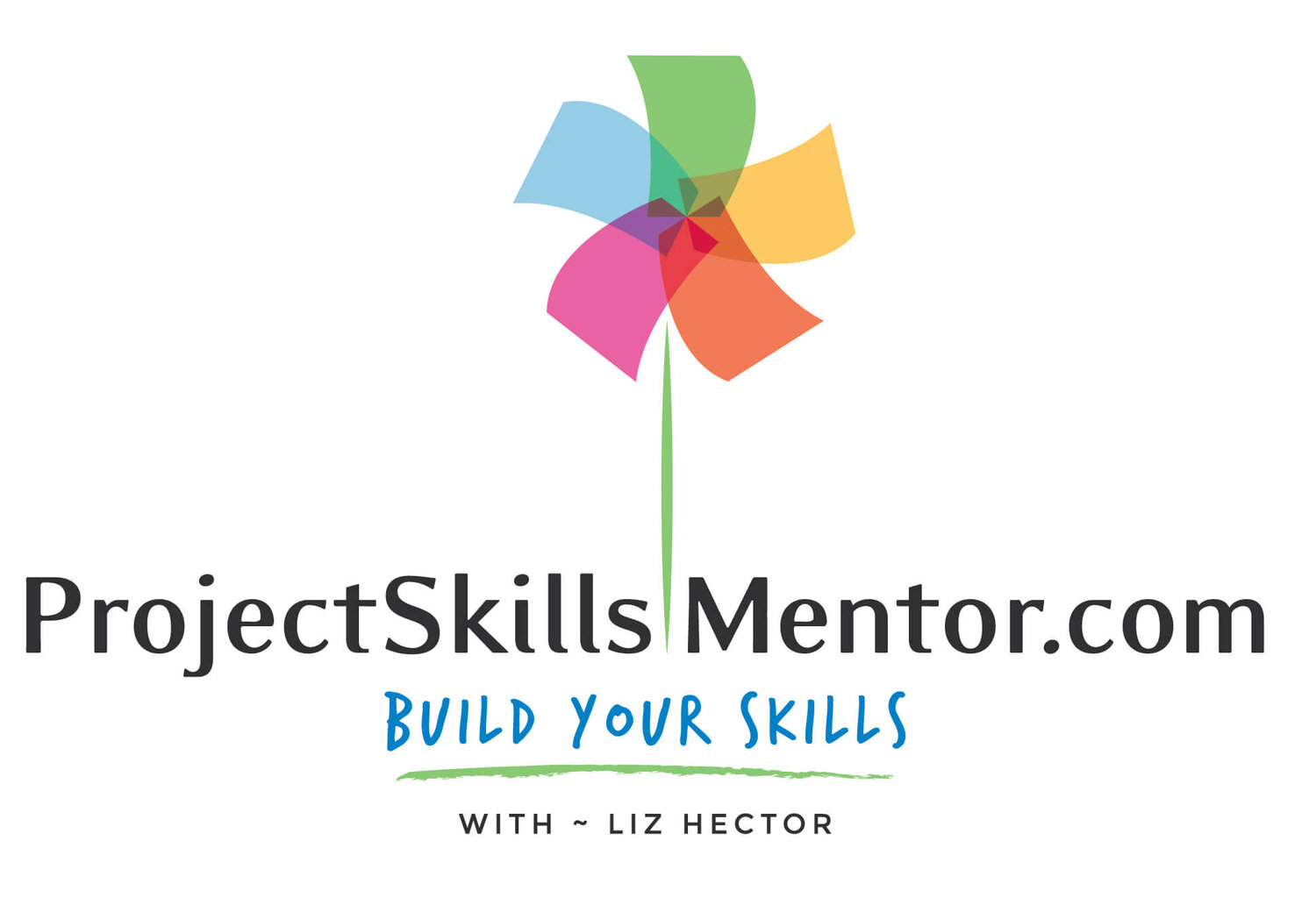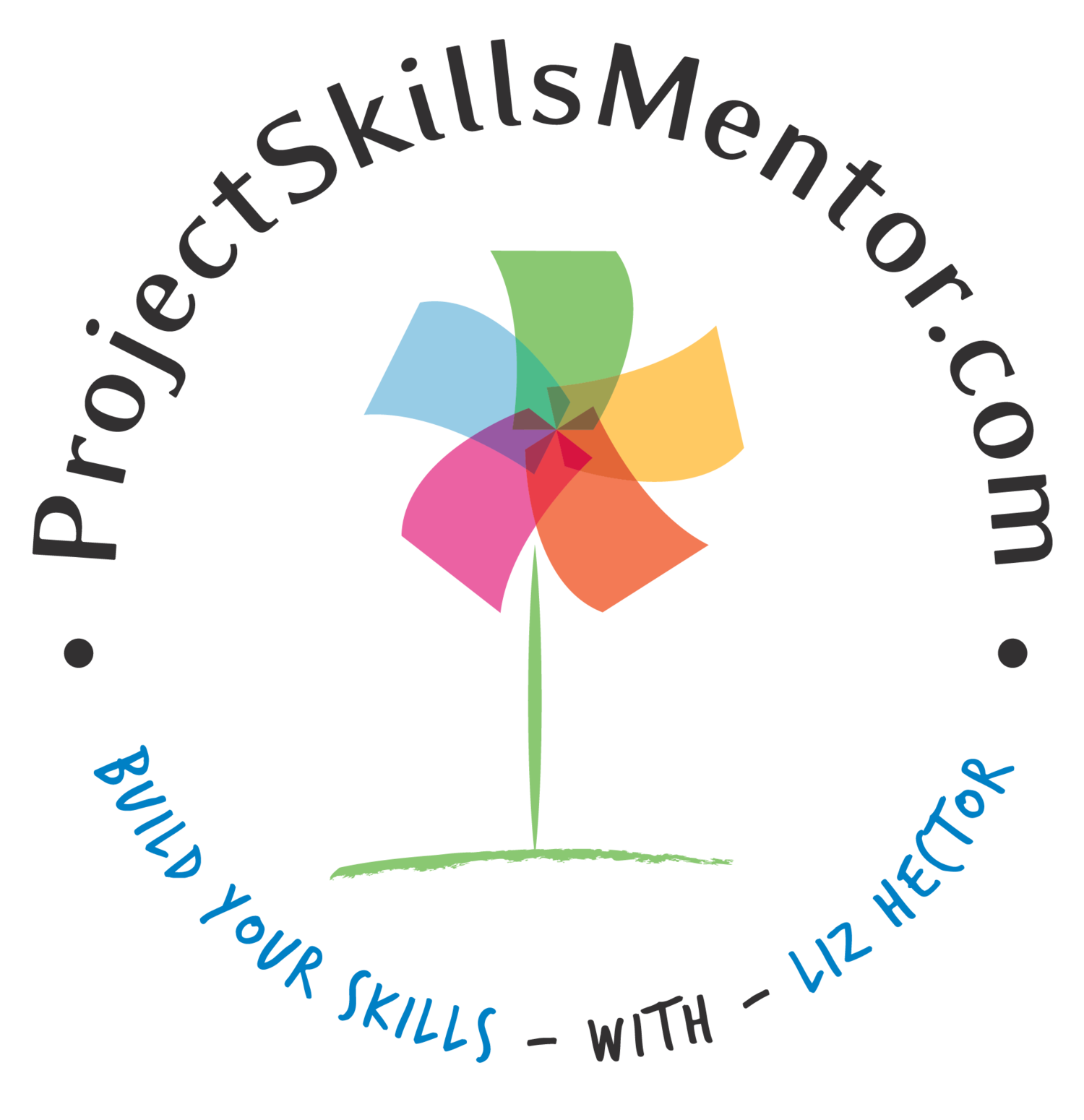5 Common Mistakes in User Journey Mapping (And How to Avoid Them)
Avoid the top 5 user journey mapping mistakes that derail your UX strategy. Learn how to create accurate, actionable journey maps that align with real user needs and project outcomes.
Where UX Can Go Wrong
Forgetting the Goal
Wrong Persona
Limiting the Experience
Doing It Once
Neglecting Stakeholders
User journey mapping is like detective work for product teams. You gather clues, analyze behavior, and try to solve the mystery of user frustration. Done right, it creates a shared understanding of your users' needs, pain points, and opportunities for improvement.
However, here's the catch: most teams get it wrong. Not out of laziness but because the process gets clouded by assumptions, shortcuts, or siloed thinking. Let's break down five common mistakes that derail journey mapping and show you how to course-correct with humor, heart, and solid strategy.
Before we begin addressing failures and how to fix them, let's briefly review a simple and successful Journey Map.
A Journey Map Done Right
User Journeys can be simple or complex. See how I make journeys in Miro here.
User journey mapping is the process of visually representing the steps a user takes when interacting with your product, service, or brand. It helps uncover pain points, moments of delight, and key opportunities to improve the experience across all touchpoints—from first impressions to long-term engagement.
A well-crafted journey map often includes:
User persona (with goals and context)
Phases of the journey (awareness, consideration, purchase, retention)
User actions at each step
Emotions and pain points (curious, happy, frustrated, confused)
Touchpoints (channels like website, email, support)
Opportunities for improvement
The journey map becomes a strategic asset that aligns teams and uncovers experience gaps. Would you like to know more about how all this works?
For detailed persona development tips, check out my guide:
Want to start mapping right away?
👉 Go to my Step by Step Guide to User Journey Maps
1. Starting Without a Clear Goal
If you don't know what question you're answering, your journey map won't give you the answer.
The mistake:
Like baking without a recipe, teams jump into journey mapping sessions, hoping to uncover "insight" without defining what they're looking for.
How to avoid it:
Start with a clear objective. Are you improving the onboarding flow? Diagnosing a drop in engagement?
Keep your audience and business goals in mind. A journey map isn't an art project—it's a tool.
Use a specific problem statement: "We want to understand why first-time users abandon the sign-up flow before completion."
Quick Stat:
According to Nielsen Norman Group, only 60% of companies don’t define specific goals before starting their UX initiatives. Be part of the smarter 40%.
2. Creating Generic or Fictional Personas
If the user doesn't exist, their journey map won't reflect reality.
The mistake:
"Meet Joanna. She's 30-something, likes yoga, and hates loading screens." Sound familiar? Teams create cardboard personas without data and then wonder why the journey map doesn't resonate with them.
How to avoid it:
Use real data, such as interviews, surveys, support tickets, and heat maps, to inform your analysis.
Update personas regularly. People change. So should your personas.
Include authentic quotes from users. Example: "I just want to sign up without giving you my blood type."
Fun Fact:
Slack redesigned its onboarding process based on user interviews that revealed new teams were confused about the concept of "channels." The result? A more guided experience and a 15% increase in activation.
3. Focusing Only on Digital Touchpoints
The user's journey doesn't begin or end on your website.
The mistake:
You map every click and scroll but forget what happened before they landed on your site. Or what happens after they close the tab?
How to avoid it:
Think end-to-end: awareness, discovery, engagement, and post-use.
Include emotions and external triggers. Did they read a review? Call support?
Annotate with feelings: "User is confused by jargon," or "Delighted by surprise discount."
Example:
A nonprofit discovered that many users only landed on their donation page after speaking with a friend. They added a referral field and saw a 10% spike in contributions.
4. Treating the Journey Map as a One-Time Exercise
Journey maps are not artifacts to file away—they're tools to iterate and align.
The mistake:
You host a big workshop, post sticky notes everywhere, take a group photo... and never look at the map again.
How to avoid it:
Review journey maps quarterly or after each sprint to ensure they remain accurate and up-to-date.
Use them to plan roadmaps and validate updates.
Make them digital (using tools like Miro, Figma, or Lucidchart) so they're easy to revisit and update.
Pro Tip:
If your journey map collects more dust than insights, you're doing it wrong.
5. Failing to Align Stakeholders Around the Journey
If everyone sees a different journey, no one sees the full picture.
The mistake:
Journey mapping becomes a solo mission for the UX team. Marketing, product, and customer support are out of the loop.
How to avoid it:
Involve multiple departments in mapping workshops.
Share maps and solicit feedback.
Highlight overlapping pain points (e.g., poor messaging affects both sales and onboarding).
Pro Tip:
Ask each department to plot their version of the user journey. Then compare. Alignment (and awkward truths) will follow.
Map with Purpose, Not Just Post-its
User journey mapping should feel less like busywork and more like a compelling story. When you ground it in real data, revisit it often, and bring your team along for the ride, you create something powerful: empathy that leads to action.
Don't let your map become wall art after a brainstorming session. Make it a living, breathing tool that evolves with your users and your business. Refer back to it during sprint planning, feature prioritization, and when collecting feedback from customer support or sales teams.
Great journey maps don't just inform—they inspire. They bridge the gap between what users want and what your team ships. They spark better ideas, sharper alignment, and sometimes even heated (but productive) debates. The best way to create a journey map is through a workshop.
Do you need to know more about planning and executing an effective workshop?
👉 Get my Guide on How to Run a Workshop
Remember: a map is only useful if it actually helps you reach your destination. So, sharpen your markers—or better yet, your insights—and map like you mean it.



